By Jessica Lee, Local Journalism Initiative Reporter, Rocky Mountain Outlook
A recent report prepared for Banff, Canmore and Jasper underlines what the tourism-based communities have long lobbied the provincial government for — an official tourism-based status that helps support the weight of their visitor economies.
The mountain towns, with a total residential population of around 30,000 people split between them, effectively anchor the tourism industry in the province, and drive substantial economic activity to the broader Alberta economy. According to a December 2022 report by Verum Consulting, the towns generate $112 million in provincial taxes annually and contribute $2.3 billion to provincial GDP.
READ MORE: Creating core memories at the top of a Banff mountain
At the same time, the communities also feel the pressures of supporting an average of four million visitors to Banff National Park annually and two million to Jasper National Park.
“We have about 9,000 residents in Banff, who, in conjunction with our local businesses, pay the cost of those four million visitors flushing toilets and using wastewater treatment,” said Banff Mayor Corrie DiManno. “They pay for the thousands of hours of garbage collection and recycling sorting needed for the roads and sidewalks that support up to 40,000 people a day in the summertime.”
The tourism economics report analyzes the cost implications of hosting visitors in the tourism-based communities and assesses their fiscal capacity to address these costs.
It found the three municipalities have limited fiscal capacity to generate additional revenues to support visitor populations, although Banff and Jasper do have some ability to increase residential taxes to be more in line with the average of comparable communities.
“If Banff and Jasper were to target the average residential property taxes per dwelling (similar to Canmore’s ranking which is very close to the average of the municipalities), Banff would generate an incremental $1.5 million, and Jasper would generate an incremental $1.1 million in residential taxes,” the report stated.
READ MORE: 11 things to do in Banff this winter (besides skiing)
As for the non-residential tax base, in Banff and Jasper, taxes per business are the highest relative to comparable communities, while Canmore is also above, but close to average which leaves little room for excess fiscal capacity.
The report found Banff, Canmore and Jasper spend well above the per capita average when compared to other Alberta tourism communities on infrastructure needs varying from public transit to waste management.
The 2021 average per capita expenditures of 33 comparable tourism-based municipalities in Alberta was $3,044, where the three mountain towns were found to have an average per capita spend of $5,359 for Banff, $4,463 for Jasper, and $4,126 for Canmore.
Topping the list for Banff’s per capita expenditures are public transit ($384), bylaw enforcement ($126), waste management ($443), public housing operations ($174), wastewater treatment and disposal ($493), and family and community support services ($277).
Canmore ranks first among the communities when it comes to the cost of public housing operations per capita at $366 and second for public transit costs at $87.
In Jasper, parks and recreation, wastewater treatment and disposal, fire services, and family and community support top the list with per capita expenditures of $867, $646, $372, $345, respectively.
READ MORE: Nature Conservancy of Canada purchases land for protection in southern Alberta
Banff, Canmore and Jasper spent $20.5 million, $15 million and $6.5 million, respectively, to support visitor populations in 2021, according to the report.
“I think the number that speaks really boldly in this report is that Banff spends approximately 43 per cent of our budget supporting a visitor population,” said DiManno. “That’s a very significant part of our budget.
“We also generate $2.3 billion in tourism spending for the province, but we’re carrying the bulk of the cost to help with the infrastructure that comes with having visitors to our community.”
In 2021, Canmore saw 26 per cent of its expenditures support visitors, while Jasper saw 32 per cent go toward supporting visitors.
Tourism Canmore Kananaskis (TCK) CEO Rachel Ludwig said the scale of funding for a tourism-based municipality must be fair with the amount it generates to sustain a healthy visitor economy.
A tourism economic impact study of the three mountain towns in 2016 found aggregate direct tourism expenditures in the three communities were more than $1.5 billion. Banff generated $885.5 million, Jasper generated expenditures of $318.4 million and the remaining $344.9 million was generated in Canmore.
“We know that our communities are underfunded when it comes to visitor infrastructure needs, considering there is a much higher visitation than in other communities,” said Ludwig.
The topic of obtaining resort municipality status in each of the three communities has been an ongoing discussion spanning successive provincial governments and more than 20 different ministers, including ministers with municipal affairs, tourism and culture, and the treasury board.
Obtaining the status, which has proven to be a lengthy process, would allow Banff, Canmore and Jasper to implement revenue tools, such as a portion of the hotel tax or real estate transfer among others, to support their tourism-based economies.
Discussions for provincial support to visitor-related expenditures date back further but started in earnest between the three mountain towns in 2008.
The municipalities have discussed various strategies over the years, from lobbying for an amendment to the Municipal Government Act so they would be legally recognized as tourism-based communities, to hiring prominent firm New West Public Affairs to assist in their work.
They’ve also tried to change how the province determines population size because many grants are based on a per capita funding formula and the towns of Canmore, Banff and Jasper do not get to count their non-permanent resident population, which swells in the summer months.
Hotel rooms and bed and breakfasts are subject to a tourism tax imposed by the province, but none of the money is returned to the municipalities.
In 2019, Banff-Kananaskis MLA Miranda Rosin submitted a four-page briefing about the ongoing efforts by the towns with background information and statistics to then premier Jason Kenney’s office.
Canmore Mayor Sean Krausert said Rosin, who was appointed Parliamentary Secretary of Tourism last year, has been helpful in advocating for a tourism-based economy status.
“I think her efforts have assisted in moving the conversation forward to be focusing first and foremost on the designation itself,” he said.
For DiManno, she believes all past lobbying efforts — though perhaps unsuccessful in the short term — could soon lead to change.
“I think what we’re really looking for here is clear recognition that our challenges in Banff, Canmore and Jasper are unique and that the pressures on our local population are distinct, and our benefits for the province as a whole are strong,” she said. “I think it’s been really beneficial working together because we have a stronger voice when we’re communicating these common experiences, challenges and opportunities.
“I’m feeling optimistic about where it’s going and I’m hopeful that we will be able to secure that type of recognition in the coming months.”
DiManno said talks with the province are ongoing and the municipalities are doing all they can to be flexible in decision-making.
In light of that, she did not wish to potentially impede discussions by sharing the latest strategies discussed.
“I will say, we are trying to actively listen to what we’re hearing and really trying to adapt to that advice so that we can come up with something that works for our three communities as well as our provincial counterparts,” she said.
The Resort Municipality Initiative (RMI), a program in neighbouring British Columbia, is designed to help small, tourism-based municipalities build and diversify their tourism infrastructure. In 2022, the B.C. government committed to providing $39 million over three years for the RMI to fund infrastructure projects.
At least 14 municipalities in B.C. have been able to secure resort municipality status, including the nearby towns of Golden, Radium, Kimberley, Fernie and Revelstoke.
A funding formula based on the number of accommodations in each town divides the revenue collected by the province among the towns.
Prince Edward Island also has the Resort Municipality of Stanley Bridge, Hope River, Bayview, Cavendish and North Rustico on the north end of the island.
Krausert said the designation as a tourism-based community by the Alberta government is all the Town of Canmore is concerned with right now. Funding allocations have so far not been part of discussions.
But having assistance with visitor infrastructure costs, he said, means more funding could be used to address Canmore’s housing crisis.
“We really need to build more housing for those that are working and living here,” said Krausert. “If we can ultimately get assistance with our higher infrastructure costs, it frees up dollars to be able to address these other issues.”
Banff, Canmore and Jasper have the highest per capita expenditures of any comparable communities in the province, which are spent on infrastructure, amenities and services geared toward hosting visitor populations.
But Ludwig pointed out a tourism-based status may also make sense for another nearby tourist hotspot.
“While Canmore, Banff and Jasper are trying to get special status I would also like to mention that — we don’t know the exact figures for the Kananaskis Improvement District (KID) — but we know KID is facing the same challenges with resident to visitor ratio, which is really much higher than in any other communities,” she said.
The report did not look at KID which experiences some of the same challenges when it comes to managing visitor expenditures versus fiscal capacity.
Kananaskis Country regularly sees in excess of 3.5 million visitors, and in 2020 and 2021, upwards of 5 million to 5.5 million. In comparison, only about 200 people live in K-Country.
Residents and businesses made up less than half of all calls to Kananaskis Emergency Services in 2022, yet nearly half of KID’s proposed operating budget of $2.5 million is for emergency services.
In 2022, there were 10 calls from residents, 109 from businesses and 122 from visitors. While visitors make up for more than half of the number of calls, the burden of taxation rests mostly on local businesses and a small number of residential ratepayers.
Most of those visitors to K-Country also aren’t stopping to shop and fund local businesses in Kananaskis Village, for example, but to recreate outdoors.
“All of those infrastructure needs are there and need to be addressed with a very small budget,” said Ludwig. “And that’s very similar to what the Town of Canmore is facing as well.”
KID council has expressed interest in discussing what a similar status that supports a visitor-based economy could look like in K-Country. Though, discussions are in much earlier days than Banff, Canmore and Jasper.
“As a council, we do face some of the very same challenges that are being highlighted for those communities,” said KID council chair Melanie Gnyp. “We are interested in exploring this further, but we are sort of just doing our homework on it now.
“I wouldn’t rule it out, but we really have to do our due diligence and see if this is something that makes sense for us, and we just haven’t had the opportunity to get through that work yet.”
While there are challenges that come with managing a visitor economy, Ludwig noted the importance visitors play in supporting local businesses and generating revenue in the towns.
“Yes, the visitor economy does cost the municipality, but it also brings back revenue to all our small businesses that are making a living from the visitors as well,” she said.
Plan your adventures throughout the West Coast at westcoasttraveller.com and follow us on Facebook and Instagram @thewestcoasttraveller. And for the top West Coast Travel stories of the week delivered right to your inbox, sign up for our weekly Armchair Traveller newsletter!

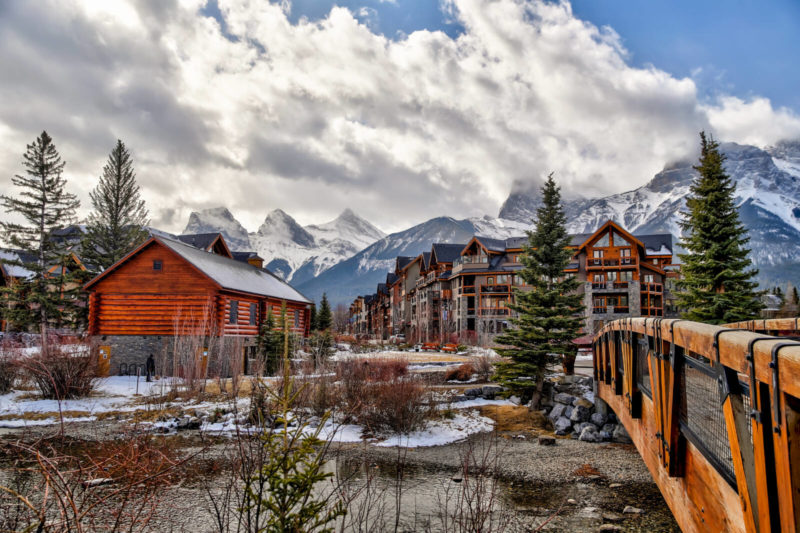
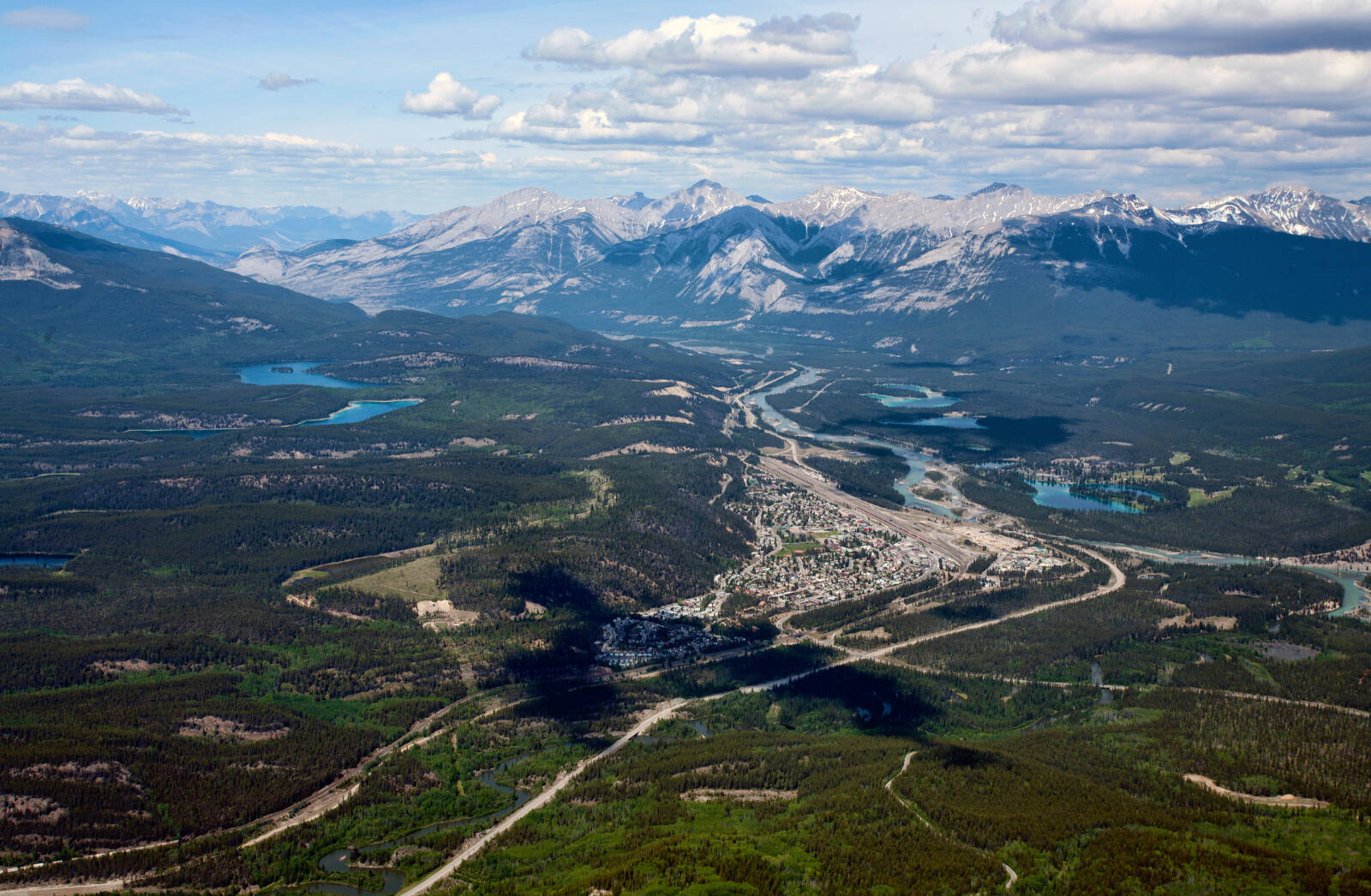
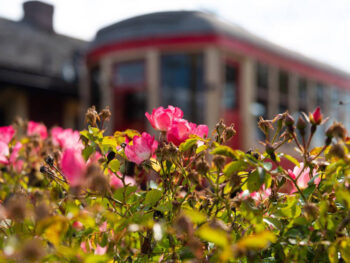

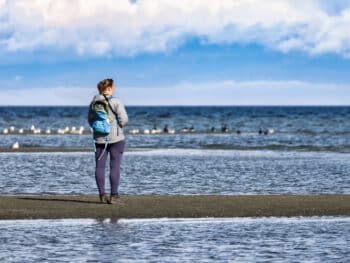


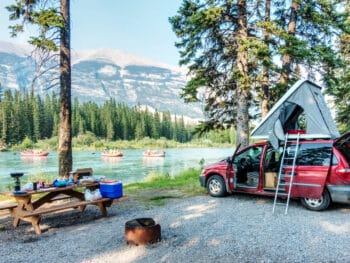

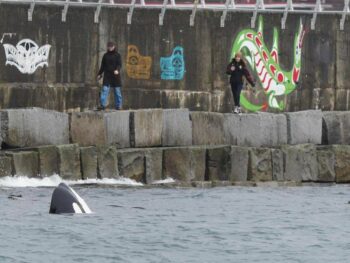
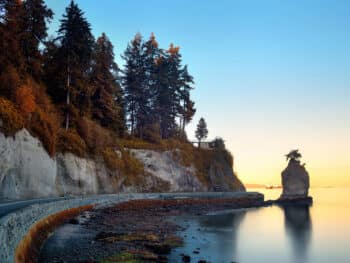
 VIDEO: J-pod orcas ride a fast ocean current in a narrow passage off Nanaimo
VIDEO: J-pod orcas ride a fast ocean current in a narrow passage off Nanaimo